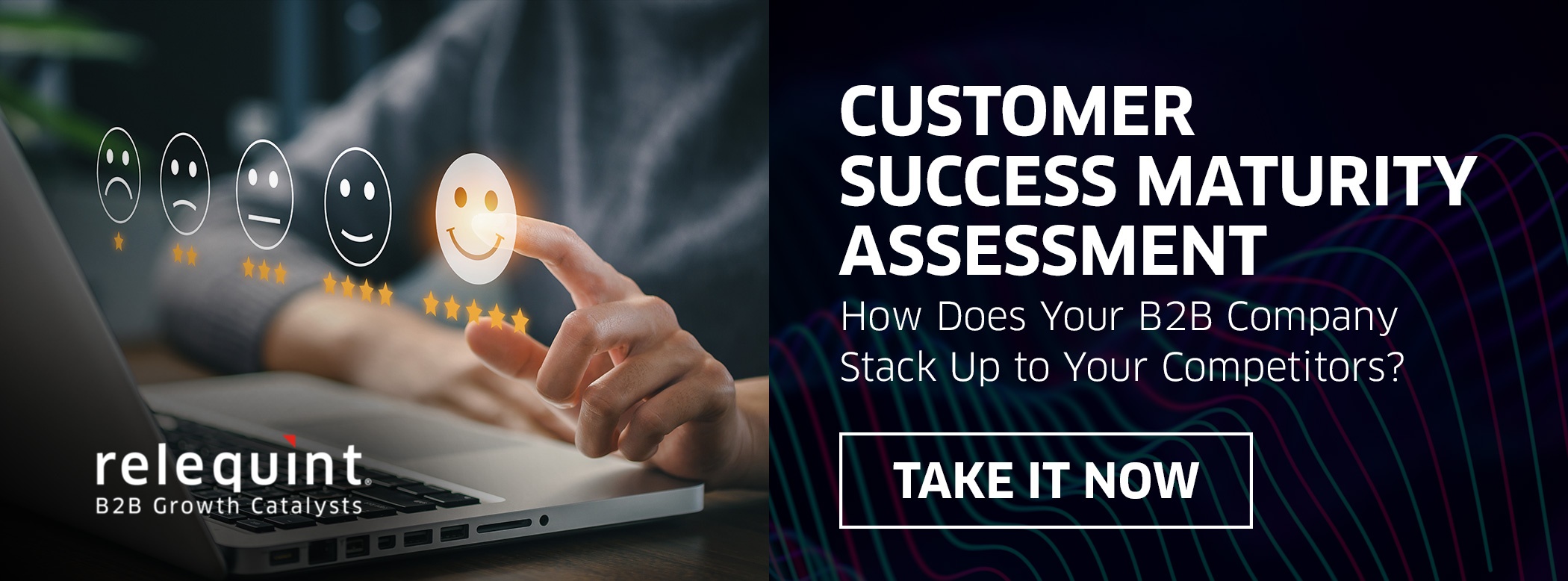In today's ever-evolving B2B landscape, aligning your sales, marketing, and customer success teams is crucial for achieving sustainable growth and maximizing customer satisfaction. This alignment is at the heart of the Revenue Operations (RevOps) model, which seeks to optimize the entire customer journey. In this blog our experts at Relequint will dive into the RevOps Technology Stack, highlighting the tools that play a pivotal role in ensuring customer success for B2B companies.
Understanding the RevOps Model
Before delving into the technology stack, it's essential to grasp the concept of RevOps and its role in the modern business ecosystem. RevOps is all about breaking down the traditional silos between sales, marketing, and customer success teams. By harmonizing these departments, you create a seamless customer experience, driving revenue growth and boosting customer satisfaction.
To achieve this alignment, B2B companies must leverage a comprehensive technology stack that empowers their teams to work harmoniously. The RevOps Technology Stack is a collection of tools and platforms designed to enhance communication, data sharing, and collaboration among these crucial departments. Let's explore these tools and their role in customer success.
1. CRM (Customer Relationship Management) Systems
At the core of your RevOps Technology Stack lies your CRM system. CRM platforms, such as Salesforce, HubSpot, or Pipedrive, enable your teams to store and manage customer data, track interactions, and nurture leads efficiently. In the RevOps model, a shared CRM ensures all teams have access to the same up-to-date customer information, streamlining the entire customer journey.
2. Marketing Automation Tools
To enhance marketing and sales collaboration, marketing automation tools like Marketo, Pardot, or HubSpot are indispensable. These tools allow for lead scoring, lead nurturing, and the seamless transfer of leads to the sales team when they are deemed "sales-ready." Such automation increases efficiency, reduces friction in the customer journey, and ultimately leads to higher conversion rates.
3. Sales Enablement Platforms
Sales enablement platforms like Seismic or Highspot are essential for equipping your sales team with the right content and resources to engage effectively with customers. These tools help sales reps access up-to-date collateral, deliver tailored content, and provide the right information at the right stage of the customer journey.
4. Customer Success Software
In the realm of customer success, software solutions like Gainsight or Totango play a critical role. These platforms help you track customer health, monitor usage, and identify opportunities for upselling and cross-selling. They also facilitate the timely identification of potential issues, enabling your customer success team to act proactively and maintain customer satisfaction.
5. Business Intelligence and Analytics Tools
To make data-driven decisions, you need a robust analytics tool. Business intelligence platforms like Tableau or Power BI allow you to create customized reports and dashboards, providing insights into your entire customer journey. With these tools, you can analyze customer behavior, sales performance, and marketing ROI, which are crucial for optimizing your RevOps strategy and ensuring customer success.
6. Communication and Collaboration Tools
Effective communication and collaboration tools are the glue that holds your RevOps model together and is a key requirement for your RevOps Technology Stack. Platforms like Slack, Microsoft Teams, or Asana enable seamless information sharing and team coordination. Whether it's marketing and sales discussing lead quality or customer success collaborating with product development, these tools ensure alignment and enhance customer success efforts.
7. Customer Feedback and Survey Tools
Listening to your customers is paramount in the RevOps model. Customer feedback and survey tools like SurveyMonkey or Qualtrics help you collect valuable insights that can be used to improve your products and services. This customer-centric approach enhances customer satisfaction, loyalty, and overall success.
8. Integration Platforms
As the RevOps model relies on integrating multiple departments and tools, integration platforms like Zapier or Tray.io are invaluable. They facilitate the seamless flow of data between different applications, ensuring that your teams have access to the information they need, when they need it.
Conclusion: Partner with Relequint for RevOps Success
In the competitive B2B landscape, implementing a robust RevOps Technology Stack is no longer a choice; it's a necessity. By aligning your sales, marketing, and customer success teams and providing them with the right tools, you can ensure a seamless and satisfying customer journey, driving revenue growth and long-term success.
At Relequint, we specialize in helping B2B companies implement and optimize their RevOps model. Our team of experts is well-versed in the tools and strategies necessary for achieving RevOps success and ensuring customer satisfaction. If you're ready to take your business to the next level and embrace the power of RevOps, don't hesitate to reach out to us. Together, we'll build a tailored RevOps Technology Stack that caters to your specific needs and guarantees customer success.
Contact Relequint today to unlock the full potential of your B2B company with our RevOps expertise and tools for customer success. Your success is our priority, and we're here to help you achieve it.







 By
By 
